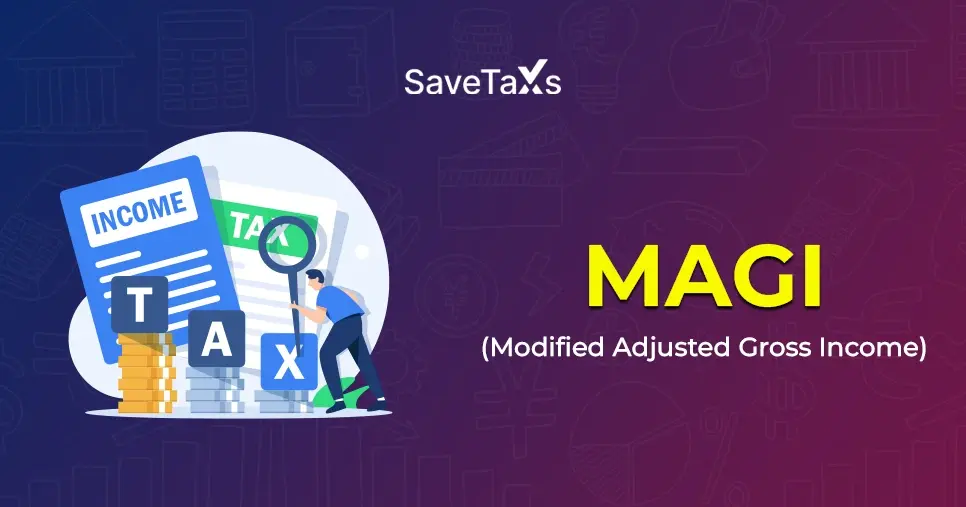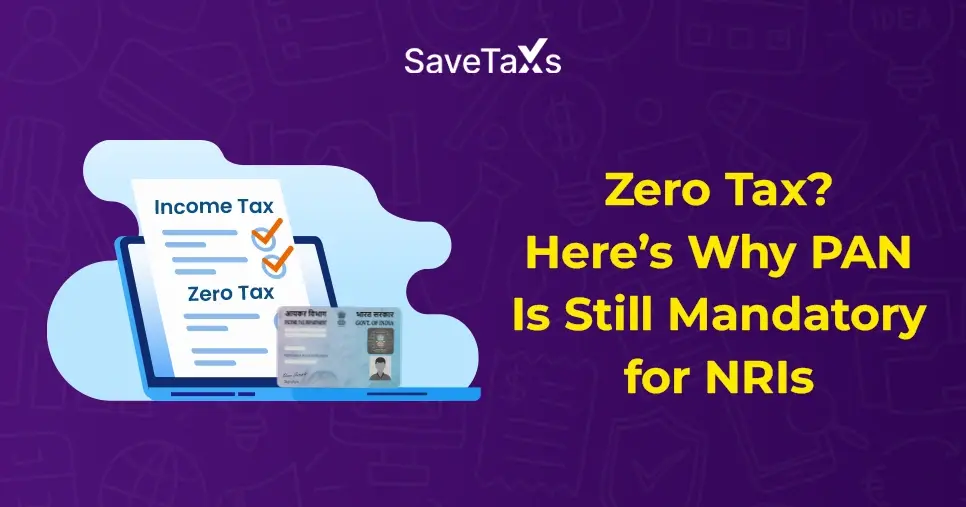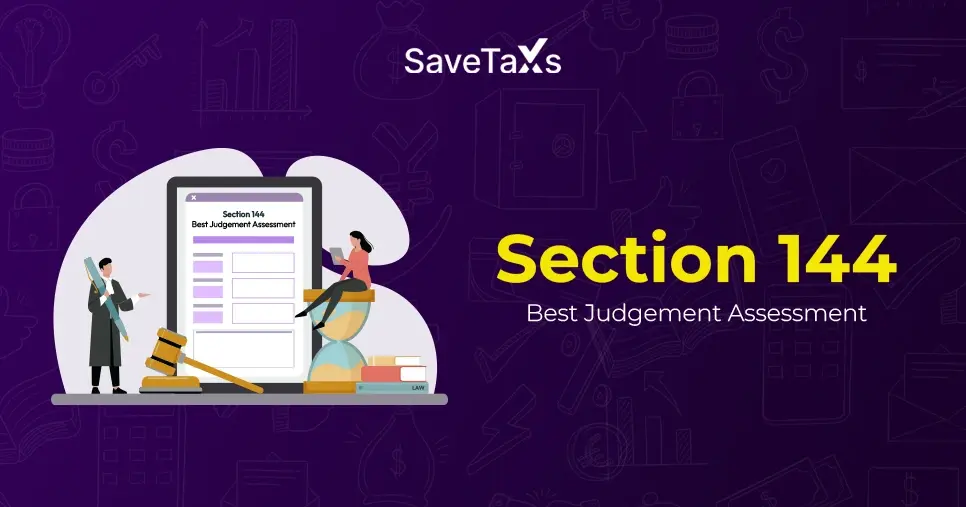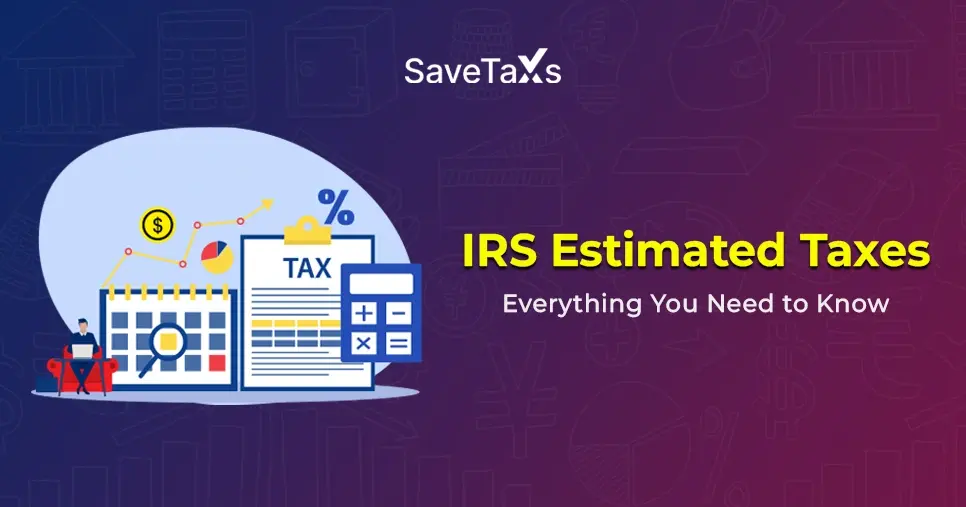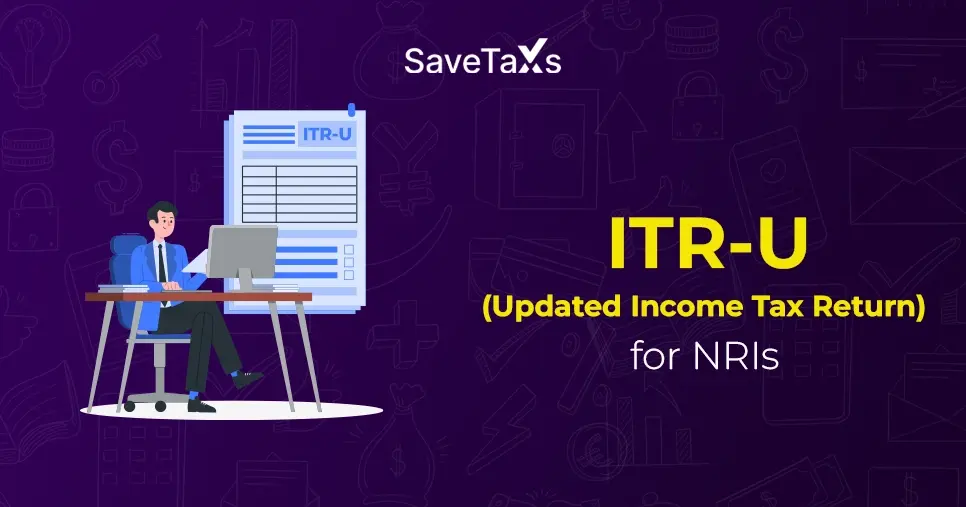- What is Dividend Income?
- Sources of Dividend Income
- Tax on Dividend Income – Old vs New Rules
- Rate of Tax on Dividend Income
- When Dividend Income Is Taxed?
- TDS on Dividend Income
- Expenses Deduction from Dividend Income
- Submitting Form 15G/15H
- Advance Tax and Dividend Income
- Taxation on Dividends from a Foreign Company
- Relief from Double Taxation on Dividends
- Inter-Corporate Dividend
- Final Thoughts
An individual, whether an Indian resident or a Non-Resident Indian (NRI), may have multiple income sources and may be liable to pay tax on such income. One such income is dividend income. Dividends represent a portion of a company’s profits distributed to shareholders when you invest in the stock market, mutual funds, or both.
Since dividends generate taxable income, a common question arises:
Do we need to pay tax on dividend income while filing the Income Tax Return (ITR)?
This blog on tax on dividend income in India answers all your questions in detail.
What is Dividend Income?
Dividends are payments made by companies to their shareholders out of accumulated profits or retained earnings. Dividend income generally arises when a company decides to distribute a part of its profits to its shareholders.
This income is common among individuals investing in equity shares, mutual funds, and Unit Linked Insurance Plans (ULIPs).
As per Section 2(22) of the Income Tax Act, 1961, dividend income has a wide meaning and includes:
- Distribution of accumulated profits involving the release of company assets
- Distribution of debentures, deposit certificates, or bonus shares to preference shareholders out of accumulated profits
- Distribution of accumulated profits on the liquidation of the company
- Distribution of accumulated profits on reduction of share capital
- Loans or advances made by a closely held company to its shareholders out of accumulated profits
This was all about what dividend income is. Now, moving ahead, let's know the sources of dividend income.
Sources of Dividend Income
Dividend income can be received from multiple sources, each having different tax implications:
- Shares of a domestic company where you invested your money
- Shares of a foreign company
- Equity mutual funds, in case you opted for the dividend option
- Debt mutual funds, if you have selected the dividend option
Here, the tax incidence applicable will depend on your source of dividend income. So, moving ahead, let's know the tax implications of dividend income in the next section.
Tax on Dividend Income – Old vs New Rules
Before FY 2019-20 (AY 2020-21)
- Dividend income was exempt under Section 10(34)
- Domestic companies paid Dividend Distribution Tax (DDT) @ 15% under Section 115-O
- Dividend exceeding ₹10,00,000 was taxable in the hands of shareholders under Section 115BBDA
After Finance Act, 2020
The Finance Act, 2020 abolished DDT, shifting the tax burden from companies to shareholders.
Changes Stated in FY 2020-21
Here is the list of changes that the Finance Act of 2020 introduced on tax on dividend income, which came into effect from the 2021-22 assessment year:
- DDT Abolition: As mentioned above, the Finance Act 2020 abolished DDT, which shifted the liability of paying tax from the company to shareholders. As an outcome of it, now the shareholders will be directly taxed on their dividend income by the recipients, including firms, Hindu Undivided Family (HUF), and individuals.
- Taxation on Dividend Income: Under the new tax law, up to Rs 5000 dividend income is tax-free. Any amount more than this will be taxed as per the applicable income tax slab rates of the recipient. The following changes significantly increased the tax burden of investors, especially those who get substantial dividends.
- 10% Tax Removal on Large Dividend Receipts: Under section 15BBDA, previously, 10% tax was imposed on the dividend income of more than INR 10,00,000 is now abolished. Now, based on the income tax slab rates of the recipient, all dividend income will be taxed regardless of the amount received.
Classification and Tax Treatment
Depends on whether the recipient is an investor or a trader, the tax on dividend income will be charged accordingly:
- Investment Purposes: If the person holds the shares as an investment, income from dividends will be taxed under "Income from Other Sources."
- Trading Purposes: If an individual holds shares for trading, the dividend income will be taxed under the "Income from Business or Profession" head.
Allowances and Deductions
These are the following allowances and deductions for Dividend Income
- For Business Income: Individuals who receive dividends as income from a business are allowed to deduct all the related expenses incurred in earning that money, such as interest on loans or collection charges.
- For Income from Other Sources: If the received dividends are stated as "Income from other sources", to get the dividend income, only the expenses of interest that were incurred, i.e., up to 20% will be deducted from the total earned dividend income. No other deductions, like fees paid for the collection of dividends or commissions, will be allowed to be claimed.
This was all about the tax on dividend income and how it is classified and deducted. Moving further, let's know the tax rates on dividend income.
Rate of Tax on Dividend Income
The tax rate charged on dividend income depends on the assesse type getting the dividend income and the instrument from which the income is distributed. Confused? Have a look at the table below and get a clear idea of it.
| Category of Assessee | Nature of Dividend | Tax Rate |
|---|---|---|
| Resident | Dividend gets from a domestic company | Normal tax rate applicable to the assessee |
| Non-Resident Indian | Dividend on GDR (Global Depository Receipt) of an Indian company/PSUs (Public Sector Undertakings) bought in foreign currency | 10% |
| Non-Resident Indian | Dividend received from shares of an Indian company bought in foreign currency | 20% |
| Non-Resident Indian | Any other dividend income | 20% |
| Foreign Portfolio Investor (FPI) | Other than 115AB, dividends received on securities | 20% |
| Investment Division of Offshore Banking Unit | Other than 115AB, dividends received on securities | 10% |
These are rates of tax that are charged on dividend income according to the nature of the dividend and the assessee category. Moving further, let's know when dividend income is taxed in India.
When Dividend Income Is Taxed?
According to section 8 of the Income Tax Act, the final dividend taxation, including the deemed dividends, occurs in the year when they are declared, paid, or distributed, whichever happens first, by the company. Considering this, tax on interim dividend is charged in the year in which the company unconditionally paid the dividend amount to the shareholders. So, as per this, on a receipt basis, a shareholder pays the tax on the income received from the interim dividend, associated with the tax obligation, with the actual access of the funds of the shareholders.
This is how, according to the dividend type, it is taxed in India. Furthermore, let's know the TDS charged on dividend income.
TDS on Dividend Income
Tax Deducted at Source (TDS) on dividend income is charged in India according to the residential status of a person. So, let's first know the applicable TDS on dividend income for resident shareholders and then for non-resident shareholders.
TDS on Dividend Income for Resident Shareholders
As mentioned under section 194 of the Income Tax Act, on or after 1 April 2020, 10% TDS will be deducted on the dividends declared, distributed, or paid by the Indian companies. This TDS rate applies to Indian residents whose dividend income is more than Rs. 5,000 during a fiscal year. For instance, if Mr. Jay, a resident shareholder, on 30 May 2023, from an Indian company, received Rs. 10,000 dividend income, the company will deduct 10% TDS (Rs. 1,000), giving Mr. Jay Rs. 9000. Here, the deducted TDS will be adjusted against the total tax liability of Mr. Jay when he will file an ITR for the fiscal year 2023-24. However, no TDS will be deducted on the paid dividend or payable to General Insurance Corporation of India (GIC), Life Insurance Corporation of India (LIC), or any other insurer that owns his shares or has a complete beneficial interest in them.
TDS on Dividend Income for Non-Resident Shareholders
Under Section 195 of the Income Tax Act, 20% TDS is deducted for dividends payable to foreign companies, non-resident individuals, or NRIs. Under the double taxation avoidance agreement (DTAA), the taxation rate may be decreased. However, to avail the reduced tax rates, NRIs need to fill out Form 10F (a declaration form of their beneficial ownership) and provide a tax residency certificate from the country where they are living currently. If the NRIs fail to submit these documents, then they need to pay 20% TDS on dividend income, though they can get it credited at the time of filing ITR in India. Here in the ITR form, they need to mention all the earned dividend income.
This is how, on the basis of residential status, TDS is charged on the dividend income. Moving ahead, let's know the expenses deducted from dividend income.
Expenses Deduction from Dividend Income
According to the Finance Act 2020, against the dividend income, the incurred interest expense is allowed to be deducted from the income. Here, it should not be more than 20% of the received dividend income. Apart from this, you are not allowed to claim a salary expense or commission incurred for receiving the dividend.
This is all about expenses deduction from dividend income. Moving further, let's know the submission of Form 15G/15GH.
Submitting Form 15G/15H
A resident individual whose annual income is lower than the basic tax exemption limit and who receives dividend income can submit Form 15G to the company from which he/she is receiving the dividend. It is a declaration form that states that the annual income of the person falls under the exempted slab rate, and hence, on their dividend income, TDS should not be deducted. Similarly, a senior citizen whose annual income is also below the basic exemption and has no tax liability should submit Form 15H to the company from which he/she is receiving the dividend income. Generally, the company or mutual funds, via email, declare the dividends to the shareholders. Furthermore, to receive the tax benefits on dividend income, shareholders should submit the Form 15G/15H on a timely basis to the dividend-distributing entity.
This is how Form 15G/15H helps the shareholders in claiming tax benefits. Now, moving ahead, let's know about the advance tax provision related to dividend income.
Advance Tax and Dividend Income
If the total tax liability of an individual in the following fiscal year is more than or equal to INR 10,000, then the provision of advance tax will be applicable on them. They can pay this tax in installments on the dates provided by the Income Tax Department. Getting delayed or failing to make the payment may result in penalties and interest charges. In this situation, the dividend income and advance tax adjustments are as follows:
Exemption from Interest under Section 234C
Generally, under Section 234C, delaying payment of the advance tax installments attracts a penalty. However, if it happened because of dividend income, then the penalty is waived off. In subsequent to the installments of advance tax, this tax exemption is conditional on the shareholder paying the complete tax due on the received dividend income.
Exception for Deemed Dividends
As mentioned under section 2(22)(e) of the Income Tax Act, 1961, this tax benefit is not applicable on the deemed dividends. In cases of these dividends, under section 234C, interest will be charged for delaying the payment of advance tax related to the income of deemed dividends.
This was all about dividend income and the advance tax adjustments. Moving ahead, let's know the taxation on dividends from a foreign company.
Taxation on Dividends from a Foreign Company
Under "Income from Other Sources," dividends received from a foreign corporation are taxable in India. These are included in the total income of the taxpayer, and on them, tax is deducted according to the applicable rates. For instance, if an individual falls in the category of the 30% tax slab rate, then the dividend income would be taxed at 30% + any applicable cess. Additionally, even for foreign dividends, the investor can deduct up to 20% interest expenses from the total dividend income.
Furthermore, according to section 194 of the Income Tax Act 1961, a company declaring a dividend to the shareholders should deduct TDS. In case an individual's income from dividends is more than INR 10,000, 10% TDS should be deducted. Additionally, if the shareholder does not provide his/her PAN card, the TDS rate increases to 20%.
This is how tax is deducted from the dividends received from a foreign company. Moving further, let's know the tax relief from double taxation on dividends.
Relief from Double Taxation on Dividends
In India, tax is charged on the dividend you get from a foreign company, although you already paid tax in the foreign country where the company is set up. Here, on the same income, you paid the tax in two different countries. It is a case of double taxation. In a situation like this, under the Double Taxation Avoidance Agreement (DTAA), you can claim tax relief. For individuals who earn income globally, to ease tax obligations, India has signed the DTAA agreement with several countries. It helps in avoiding paying tax on the same income twice. In most DTAAs, the rate of tax on paid dividends to the shareholders of the shares ranges between 5% to 15 of the total amount of dividend. Additionally, in countries like Singapore, Canada, and Denmark, the tax rate on dividends is reduced further, where the dividend is payable to a company that holds a specific share percentage (25%) of the company.
Notably, in the DTAA agreements, the minimum period is not mentioned that qualifies the shares for the reduced tax rates. Taking advantage of this, MNCs often misuse this provision by increasing their shareholding immediately before the declaration of dividends. It provides them with the benefit of getting lower tax rates and, after getting the dividends, reducing their shareholding. Furthermore, in case the agreement is not available, under section 91 of the Income Tax Act, you can claim tax relief.
This was all about tax relief from double taxation on dividends. Moving further, let's know about taxation on inter-corporate dividends.
Inter-Corporate Dividend
Starting from the assessment year 2020-21, the shift of paying tax on dividends from companies to shareholders, section 80M of the Income Tax Act, 1961, was introduced by the Indian government. The aim behind introducing this benefit was to remove the cascading impact of taxes when a domestic company gets a dividend from another domestic company and then distributes the same dividends to its shareholders. In such cases, the tax is charged as follows:
Domestic Company Gets a Dividend from Another Domestic Company
In this scenario, where one domestic company receives a dividend from another domestic company, section 80M of the Income Tax Act allows the receiving company to decrease the dividend income from its gross income if it is distributing the dividend income to its shareholders one month before the filing of the ITR. At the corporate level, it helps in avoiding paying tax on the same income twice.
Domestic Company Gets a Dividend from a Foreign Company
Under section 115BBD, if a domestic company holds 26% more of in equity of a foreign company and from that it gets dividends, then the domestic company is liable to pay 15% plus applicable surcharge and Health and Education Cess. Here, the tax is calculated on a gross basis, stating on any related expenditure no tax deduction is allowed. In case the equity shareholding of a domestic company is not more than 26%, at the normal corporate tax rates, tax on dividends is charged. However, in this scenario, the domestic company is liable to claim tax deductions for expenses incurred in earning the foreign dividend income.
This was all about taxation on inter-corporate dividends.
Final Thoughts
This was your complete guide on tax on dividend income in India. With this, being an Indian resident or an NRI, have you received a dividend? If yes, then while filing your ITR, did you mention it? Or, you are someone who does not know about it or feels the process is complicated? Now, you do not need to worry as experts at SaveTaxs are there to assist you at every step and provide you with tax benefits. From tax planning to filing ITR and post-filing assistance, our team provides you with complete support. So, connect with us now and experience a seamless tax-filing journey.
*Note: This guide is for information purposes only. The views expressed in this guide are personal and do not constitute the views of Savetaxs. Savetaxs or the author will not be responsible for any direct or indirect loss incurred by the reader for taking any decision based on the information or the contents. It is advisable to consult with either a Chartered Accountant (CA) or a professional Company Secretary (CS) from the Savetaxs team, as they are familiar with the current regulations and help you make accurate decisions and maintain accuracy throughout the whole process.

Mr Manish is a financial professional with over 10 years of experience in strategic financial planning, performance analysis, and compliance across different sectors, including Agriculture, Pharma, Manufacturing, & Oil and Gas. Mr Prajapati has a knack for managing financial accounts, driving business growth by optimizing cost efficiency and regulatory compliance. Additionally, he has expertise in developing financial models, preparing detailed cash flow statements, and closing the balance sheets.
- Section 144 of the Income Tax Act: Best Judgement Assessment
- Form ITR-V: How to Download Your ITR-V from the Income Tax Portal?
- TDS Certificate Form 16A For NRIs: TDS on Indian Income
- Donations Under Section 80G and 80GGA Of The Income Tax Act
- Form 10BA of Income Tax Act: Due Date, Applicability, How to File and Download
Want to read more? Explore Blogs
Frequently Asked Questions
No matter what your source of income is, we've got you covered. There’s a plan for everybody!
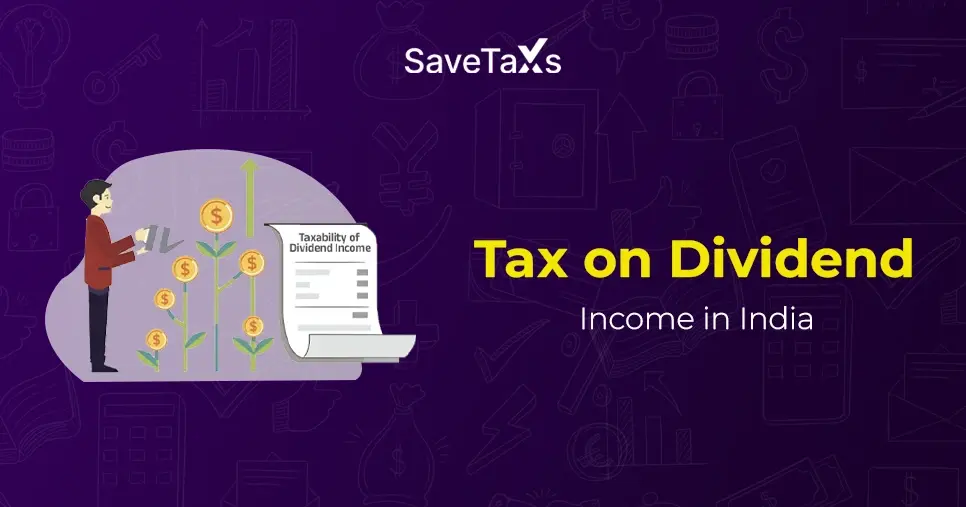
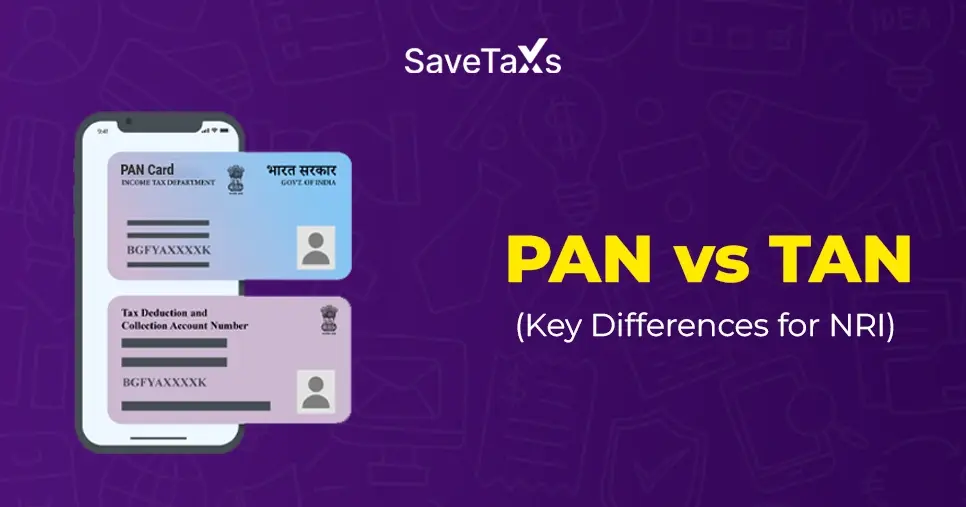
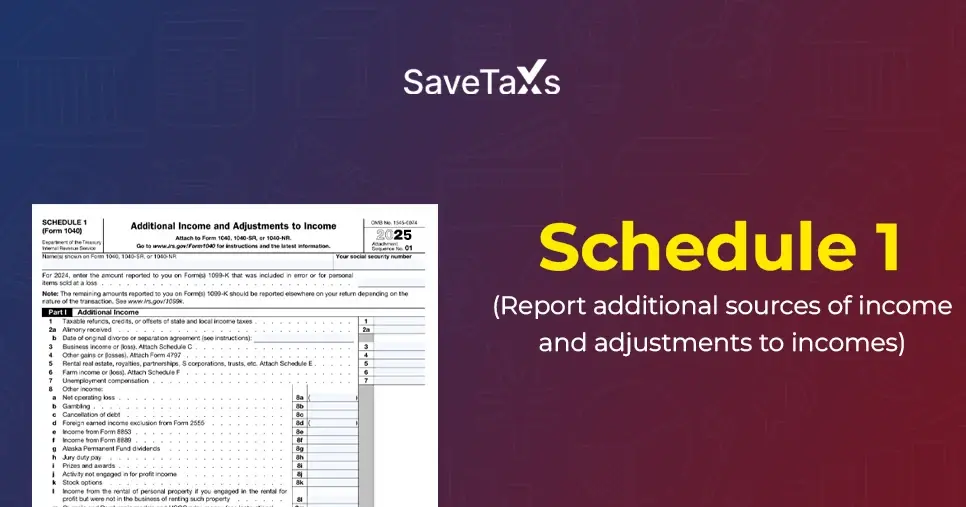
_1756467732.webp)
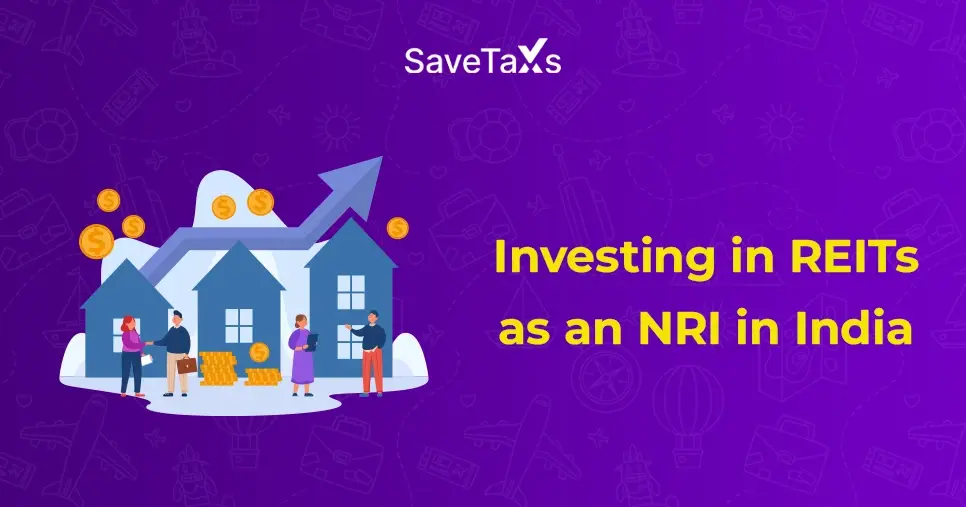
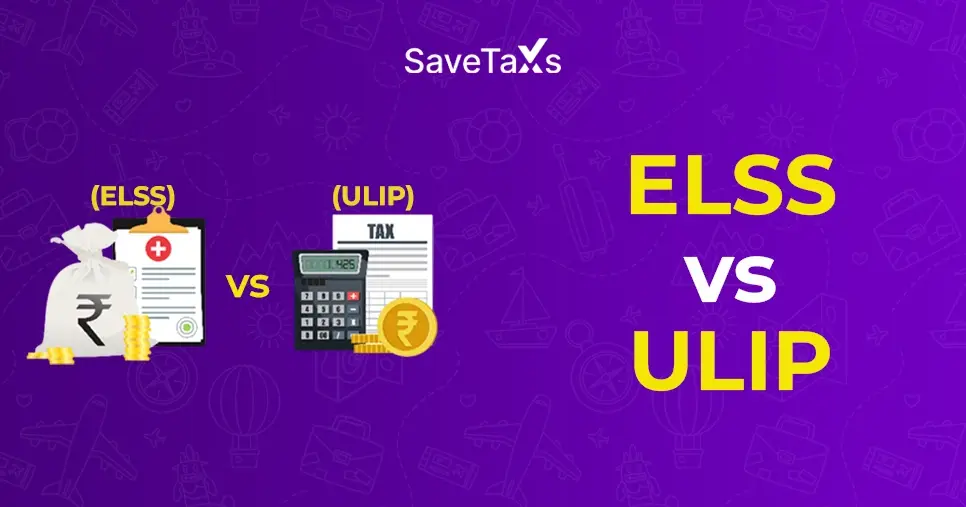
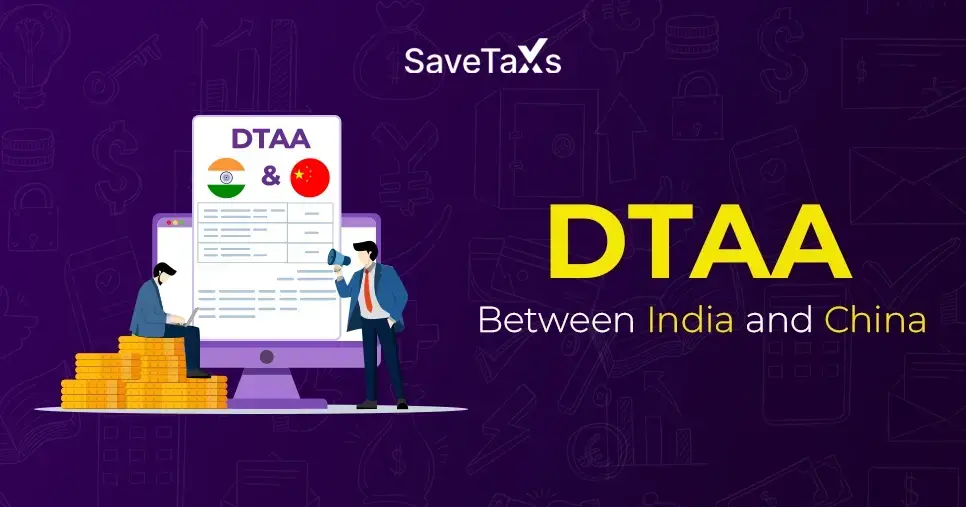
(i)-Of-The-Income-Tax-Act_1756812791.webp)
